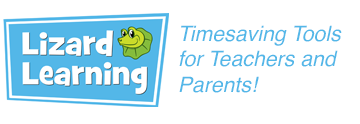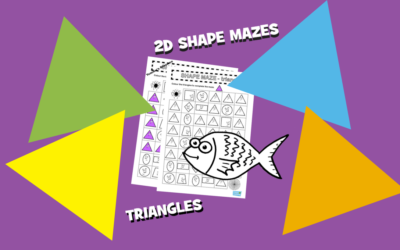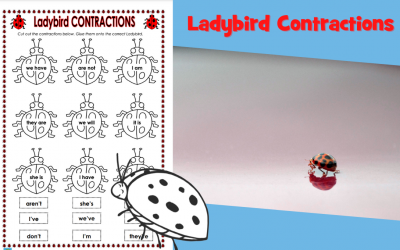Giving them a boring old list of words and telling them to learn them all before the test at the end of the week isn’t exciting or particularly helpful. When students feel more comfortable with new vocabulary, they find it easier to express their ideas. This is less about knowing how to spell a word and more about understanding its meaning and use. Context is crucial if you want kids to actually use their new words. And if they’re not going to use them, then what’s the point of learning them?
Techniques for teaching English as an additional language (EAL) can also be beneficial when teaching new vocab to kids of all ages so don’t forget to check out EAL teaching sites for tips. Here are some ways to help you teach new vocab in a more useful and engaging way to get you started.
Context and Meaning
When learning new words, we often try to reach for their context. Linking new words to ones that we are already familiar is something we all do unthinkingly. When we learn new words or ideas, we automatically think of them in the context of things we already know. This can be a helpful technique when teaching new words.
- Learning words in the context of a phrase can help students internalise them. Example: Mammals are a type of warm-blooded animal.
- Try introducing new words in sentences or paragraphs that also help explain their meaning. Example: Purple dye used to cost a lot to make so only rich people could afford clothes in that colour. That is why purple is seen as an elegant colour.
- Match new words to their definitions. After introducing new words, help solidify them by asking students to match them to definitions. Asking older students to come up with their own interpretations can also be a helpful exercise. Crossword puzzles can be a fun way for students to link vocabulary to definitions.
- Teach older students how to use context and inference to set new vocab in their mind. Provide them with short paragraphs where a word from their spelling list is used multiple times, but remove the word from the text and ask them to decide which word it is from the context. Example (language): It can be difficult to learn a new XXXX. Some XXXX s are harder than others. English can be a hard XXXX to learn. The more similar a new XXXX is to the one you already speak, the easier it is to learn.
- Synonyms and antonyms can help students categorise words in their mind. Asking students to match vocab words to synonyms and antonyms helps them to build associations between words and solidifies the word’s context.
Reading
To fully understand and effectively use a word, students need to be exposed to it multiple times, and in a variety of ways. Reading is an integral part of this process so curating a list of relevant books for your students is incredibly useful when it comes to learning new vocab.
- As well as contextualising assigned spelling words, reading can be an excellent opportunity for students to develop their own vocab lists and practice their dictionary skills.
- Integrate teaching new vocab into guided reading time. Discuss the meaning of words in the context of the story.
- ‘Read’ the pictures in the book. Asking students to write about what the pictures tell them before reading the book is a fun exercise in creativity that organically involves new vocab in their writing.
Use your words
We’ve all used the ‘look, cover, write’ technique to learn the spelling of new words, but this technique is limited when it comes to understanding new words. Exercises that get students to spelling new words in context are far more effective.
- Ask your students to write short paragraphs using their new vocab as often as possible. Allow them to refer to their list as they write the first few times, but as they become more familiar, they should only use their spelling list to proofread their work once it is done.
- Teach students to identify spelling elements that they struggle with. Once they’ve identified words they struggle with, they can then work on developing strategies to prevent them from repeating the same mistakes. Not only does it help them to find ways to improve their spelling and avoid future errors, but it helps them to develop practical strategies for moving forward after setbacks. Students can then also support each other by sharing any mnemonics and other memory aids that they come up with. This can even be turned into a group activity where students work together to come up with strategies to remember the spelling of tricky words.
Games
Using games to reinforce learning new vocab provides a short and sweet opportunity for schoolwork to not feel like work.
- Flashcard Snap – Use picture and word flashcards to play snap with the twist that a student must use their ‘snapped’ word in a sentence before they can claim them.
- Vocabulary bingo – this can be played in teams or solo and can also be spread out across the day or concentrated into a group reading session.
- Word of the Week/Day – Pick a word from your list and encourage students to use it as much as possible in a given time period. Encourage them to come up with creative ways to include the word that still make sense.
For some tips on choosing words and more structured plans for teaching new vocab, check out Rebecca Alber’s article on Edutopia.





0 Comments